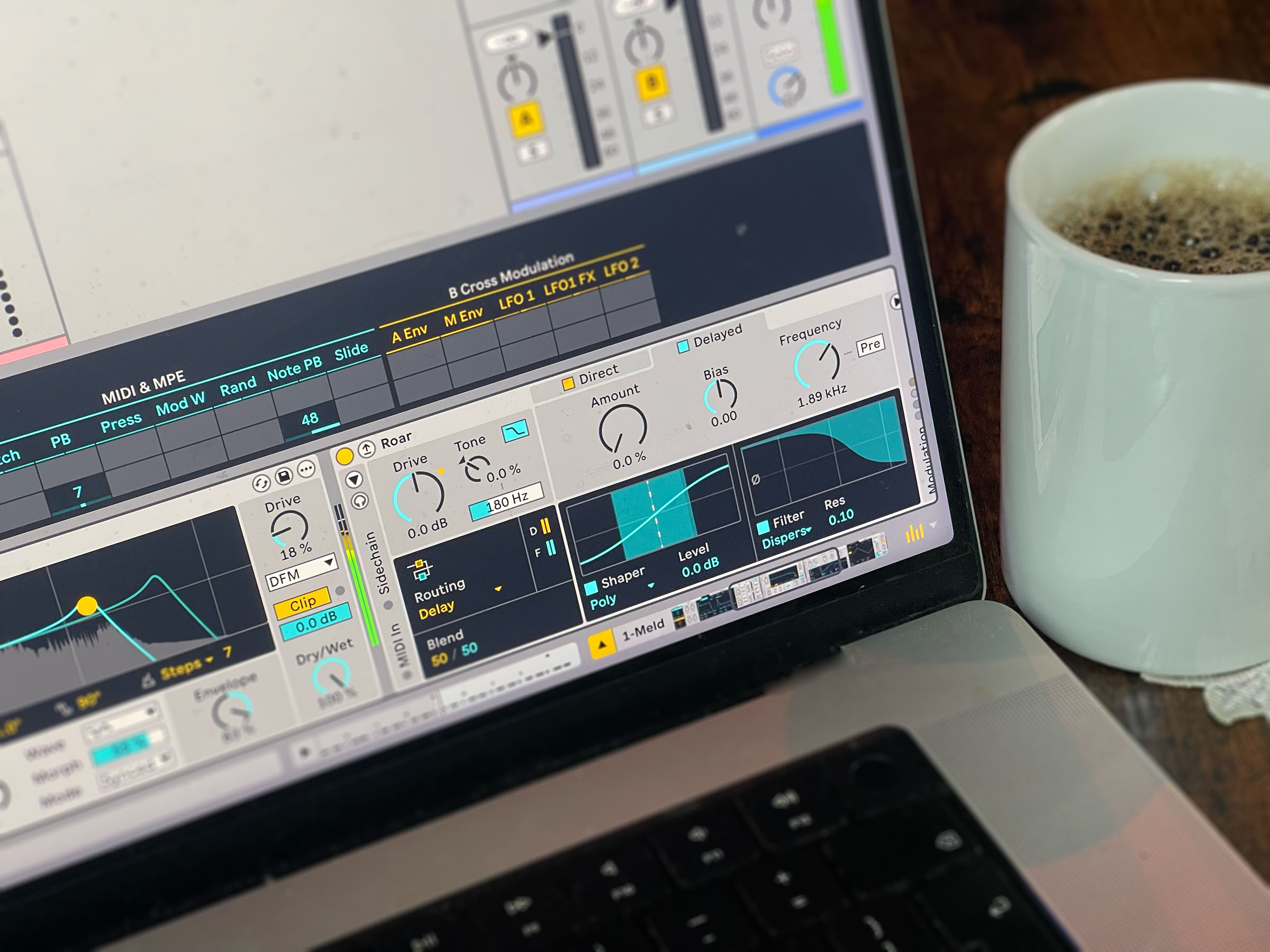Nothing Phone (3) spec-leak reveals 16 GB RAM and 512 GB storage, hinting at AI-powerhouse
Nothing Phone (3) spec-leak reveals 16 GB RAM and 512 GB storage, hinting at AI-powerhouseSixteen gigabytes used to be the bragging right of a mid-range gaming PC, yet a mundane retail slip now assigns that figure to a rectangular...


AI Representation
Sixteen gigabytes used to be the bragging right of a mid-range gaming PC, yet a mundane retail slip now assigns that figure to a rectangular glass slab that rides in your pocket. Walmart’s business portal briefly spilled the beans on Nothing’s upcoming Phone (3), listing 16 GB of LPDDR5X, 512 GB of UFS 4.0, and a July-first street date – a pre-Independence Day fireworks show for spec hunters (and also the first time Nothing is officially bringing its phone to US shores).
That top-shelf configuration is expected to land at 899 dollars, while a 12 GB/256 GB model hovers around 799. North-American buyers finally get full AT&T and T-Mobile 5G support, eliminating the import-phone headaches that haunted earlier models. Pricing this high signals Nothing’s confidence: it believes hardware alone can elbow past entrenched giants once the conversation shifts from camera count to neural horsepower.

AI Representation
Qualcomm’s incoming Snapdragon 8 Elite reportedly offers 60 TOPS of on-chip AI grunt, yet silicon that ravenous still stalls if Android keeps evicting tensor weights. Sixteen gigabytes means a seven-billion-parameter language model sits resident while you doom-scroll, translate, and sketch-to-image in the same breath. Google learned the boundary when Gemini Nano refused to load on 8 GB Pixels; Nothing would rather overshoot than apologize later. citeturn2news10
Count on the keynote to flaunt offline transcription, AI-generated wallpapers, and a ChatGPT-lite that never leaks a byte outside your SIM. The real magic will be subtle: predictive caching and perceptual haptics that feel instantaneous because next-step suggestions, tensor hints, and frame buffers finally coexist in memory. In 2025, RAM is the new battery – users notice the pain only when it runs dry.

AI Representation
Performance theater, however, must share the spotlight with literal theater. Nothing has signed the death certificate for its iconic Glyph light bars. Two generations of Morse-code strips earned cult status in dark subway cars, yet refinement demands evolution. Enter the Glyph Matrix, a dotted halo of individually addressable LEDs capable of tracing emojis, icons, even scrolling text across that transparent back plate.
Now we aren’t entirely sure, but it does seem like the Glyph Interface’s death has also taken the wireless charging coil out in the ultimate bear-hug. At least speculation is that this new Glyph Matrix sits dead center, occupying the estate once filled in by the wireless charging coil that practically became a core part of the flagship Phone’s recognizable design. There’s no real way of knowing whether the matrix DOES replace the Qi2 coil, but it does feel like that’s the best place to put the circular light grid.

AI Representation
Pair that canvas with on-device AI inference and mischief follows. The LEDs could pulse in harmonic waves that mirror the sentiment of your playlist, morph into a quiet progress bar while diffusion models whip up an illustration, or stay dormant until a predictive engine decides the alert is truly worth your glance. Hardware finally becomes ambient UX, not another ringtone.
Ambition rarely travels alone. Two hundred-plus LEDs sipping power alongside a hungrier NPU may erase whatever watt-hour gains arrive with the rumored 5,000 mAh pack. Relocating the coil risks slower wireless charging or the loss of reverse-charging altogether. If the thermal math is wrong, your pocket could double as a hand warmer while you wait for an AI recipe suggestion.

AI Representation
Still, the arc points forward. Smartphones once fought over megapixels, then refresh rates; 2025 crowns winners on neural FLOPS and programmable lumens. By marrying 16 GB of breathing room with a light-spewing, AI-aware rear panel, Phone (3) sketches a roadmap where hardware and interface literally illuminate each other. Even if the inaugural Matrix flickers, the idea nudges the industry toward devices that think harder, glow smarter, and feel unmistakably alive.
The post Nothing Phone (3) spec-leak reveals 16 GB RAM and 512 GB storage, hinting at AI-powerhouse first appeared on Yanko Design.




























![“[You] Build a Movie Like You Build a Fire”: Lost Highway DP Peter Deming on Restorations, Lighting and Working with David Lynch](https://filmmakermagazine.com/wp-content/uploads/2025/03/1152_image_03-628x348.jpg)
























![Double Dealing [THE FISHER KING]](https://jonathanrosenbaum.net/wp-content/uploads/2011/07/the-fisher-king2.png)













































![Dan Gilroy Talks ‘Andor,’ Tyranny, Writing Mon Mothma’s Fiery Speeches, Bix’s Great Sacrifice & More [The Rogue Ones Podcast]](https://cdn.theplaylist.net/wp-content/uploads/2025/06/13114943/Dan-Gilroy-Andor-Interview.jpg)














![Freakonomics Says United Pays $33 for Every Business Class Meal—Here’s Why That Number Doesn’t Work [Roundup]](https://viewfromthewing.com/wp-content/uploads/2022/06/20220619_113816-scaled.jpg?#)


































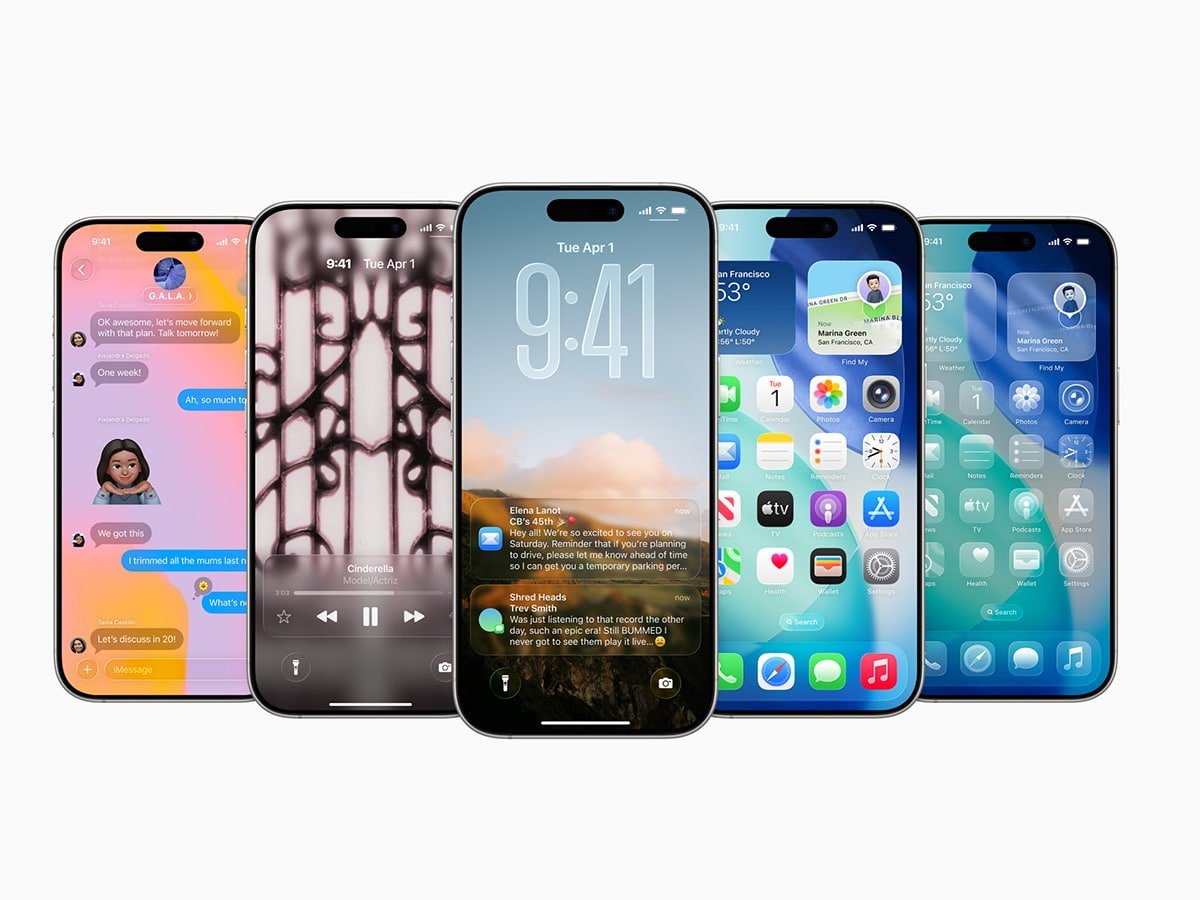





































































.jpg?width=1920&height=1920&fit=bounds&quality=70&format=jpg&auto=webp#)


























































































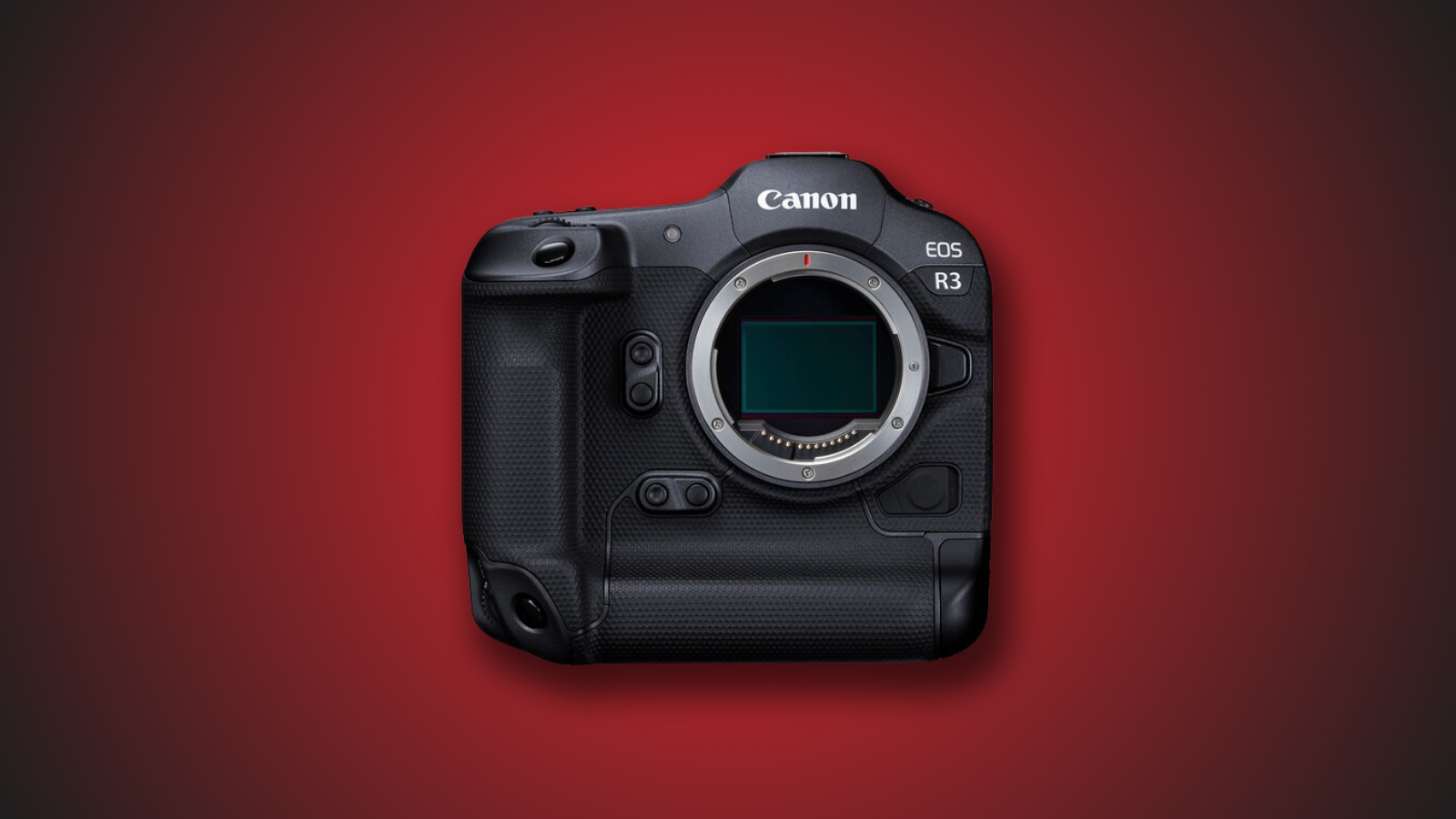












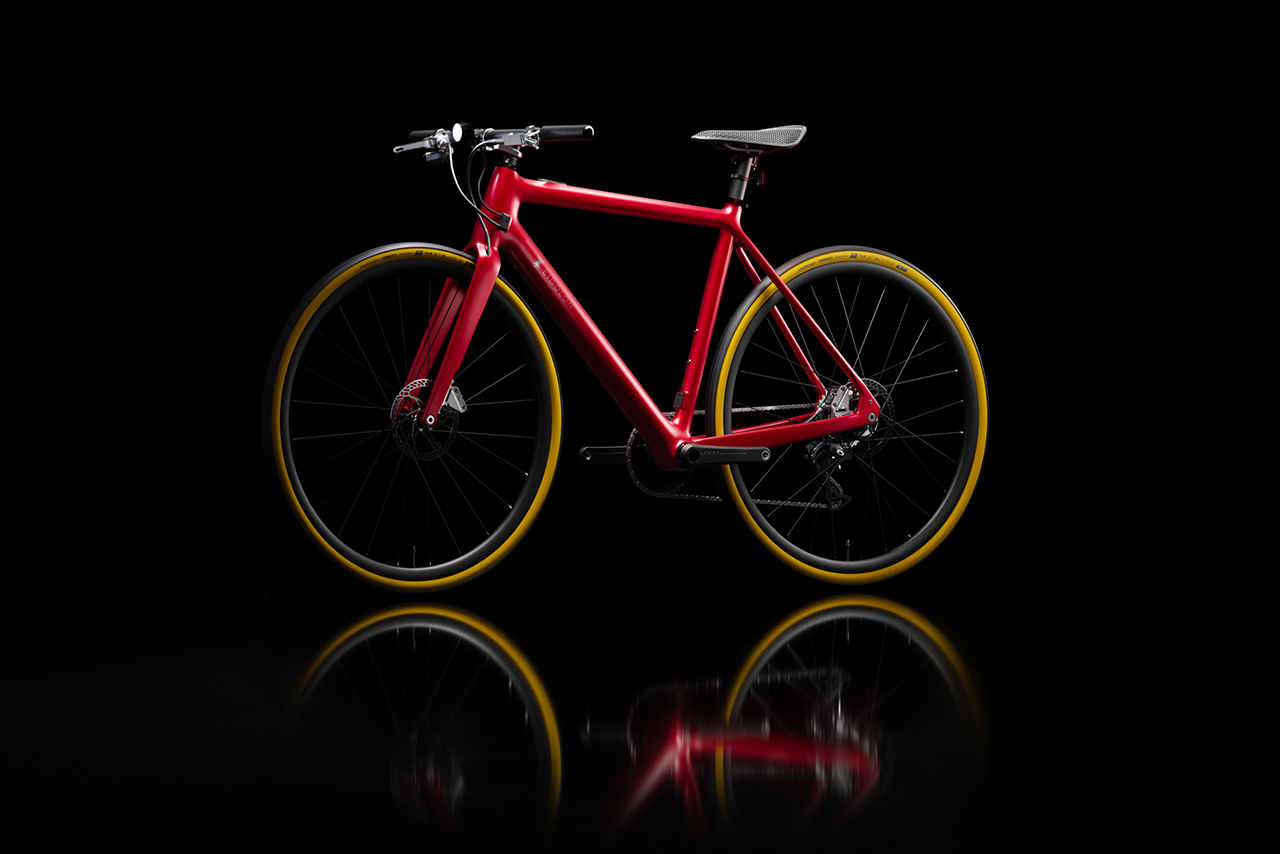

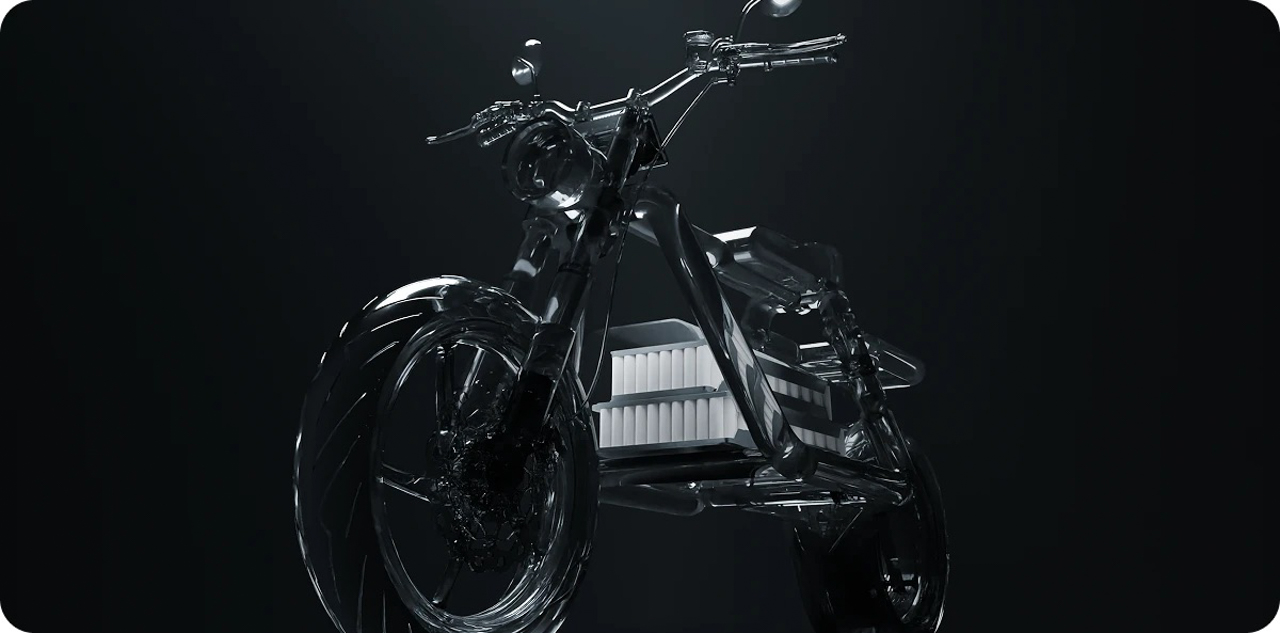






































.jpg)








![[Podcast] Problem Framing: Rewire How You Think, Create, and Lead with Rory Sutherland](https://justcreative.com/wp-content/uploads/2025/06/rort-sutherland-35.png)







































































